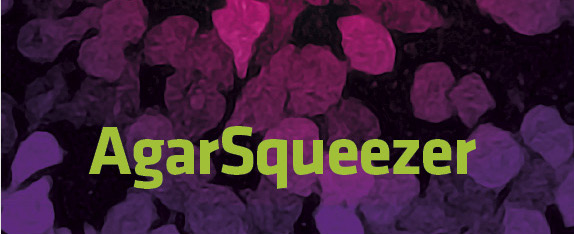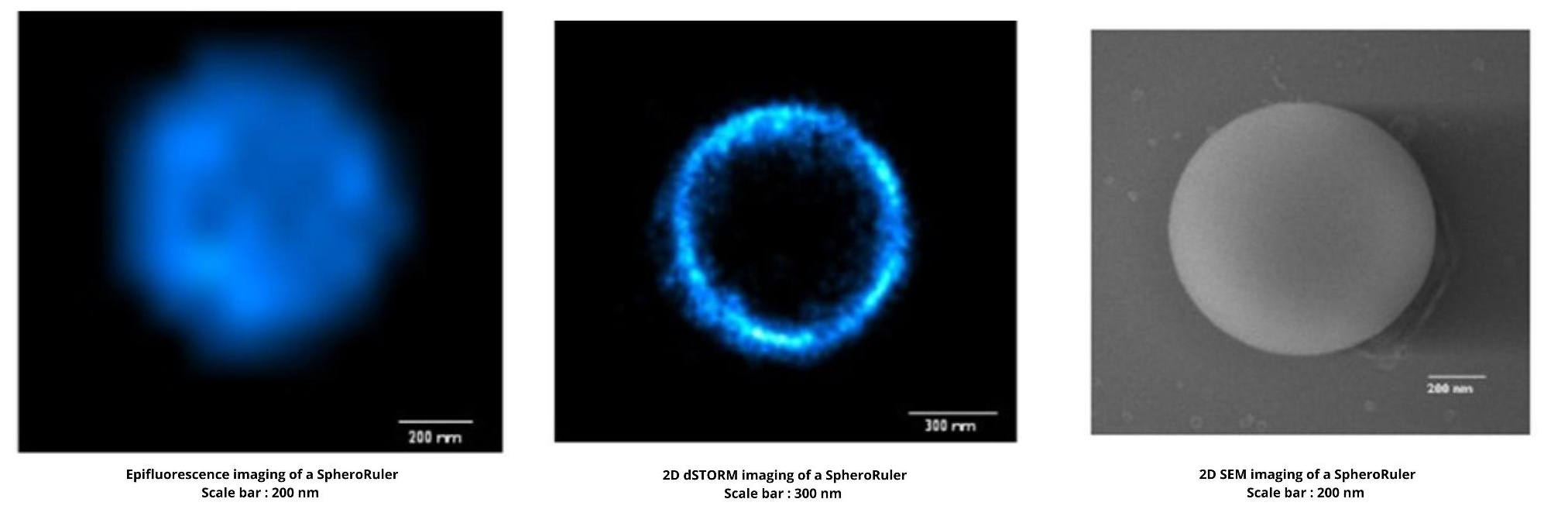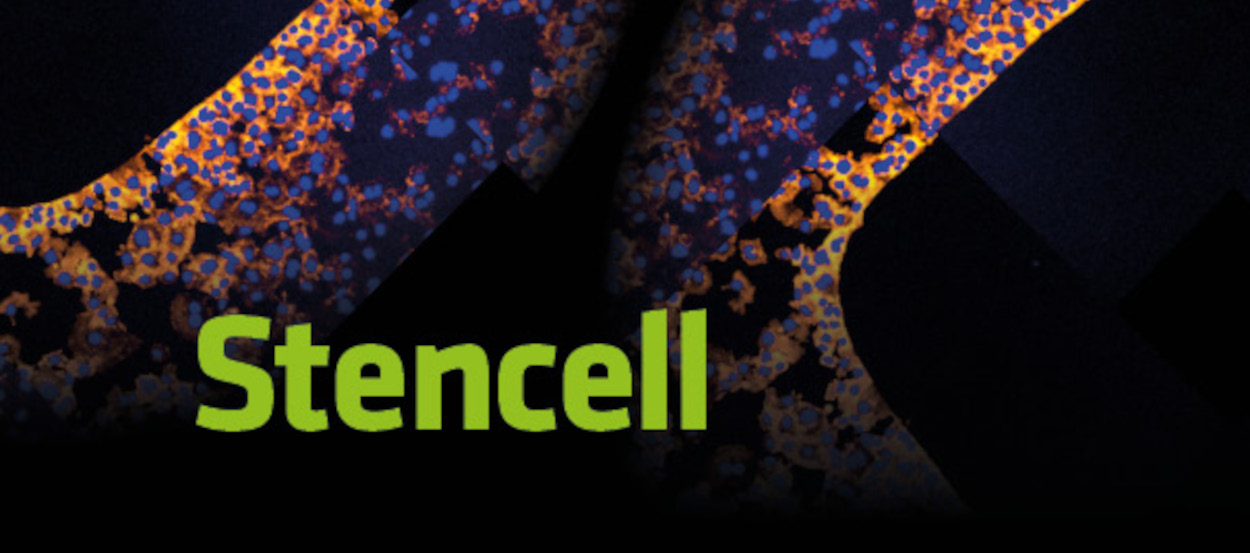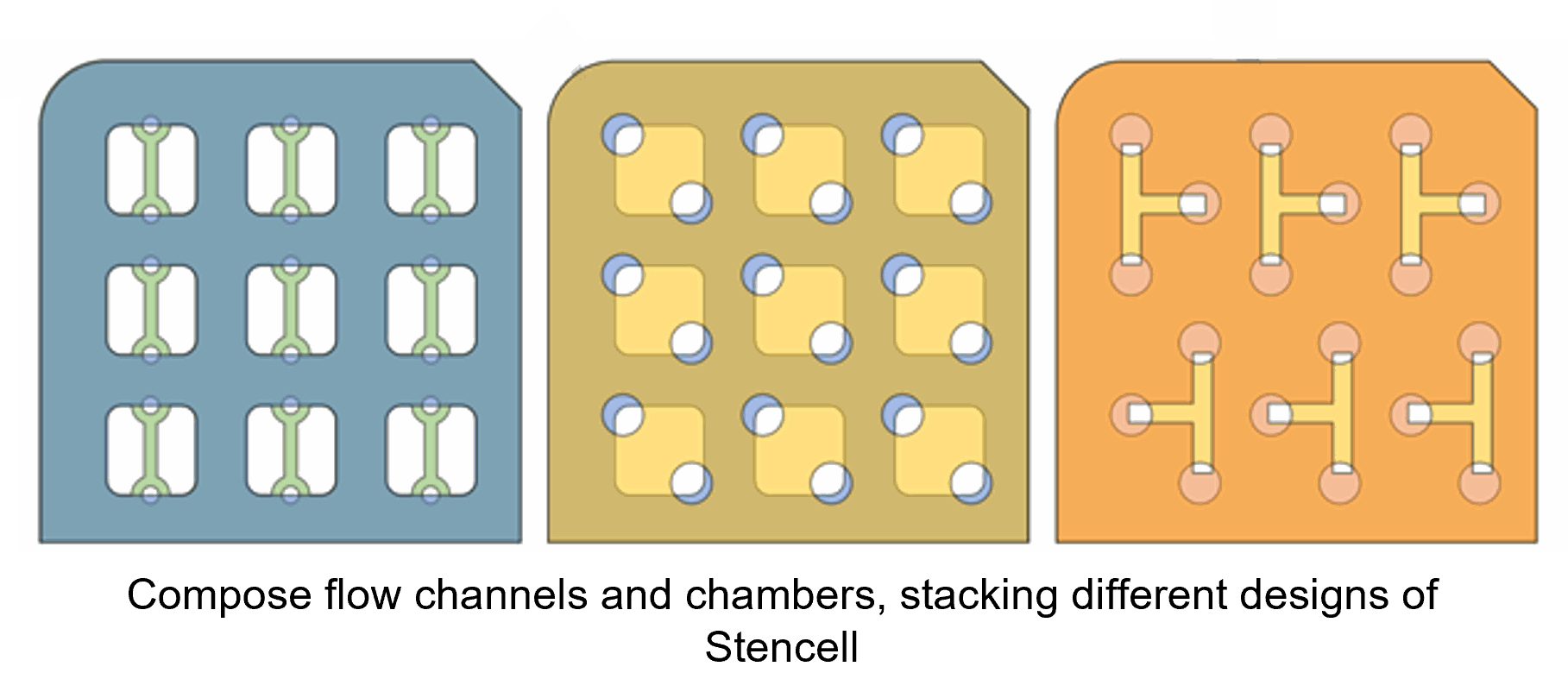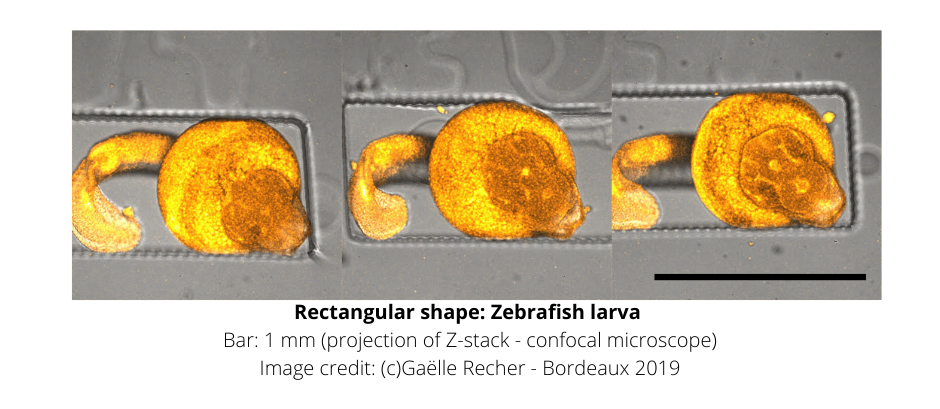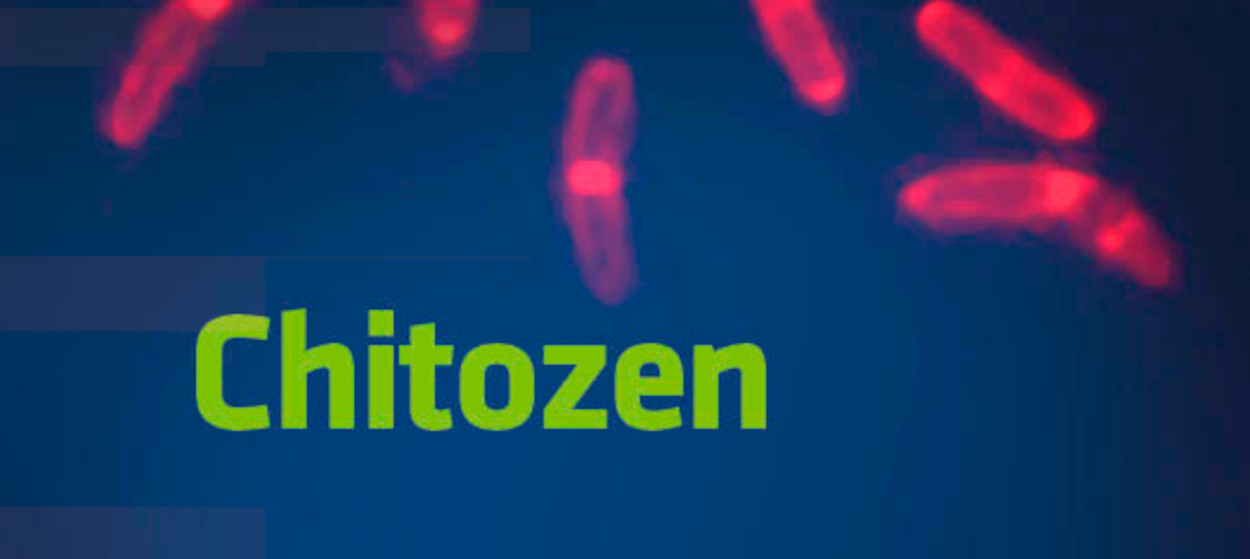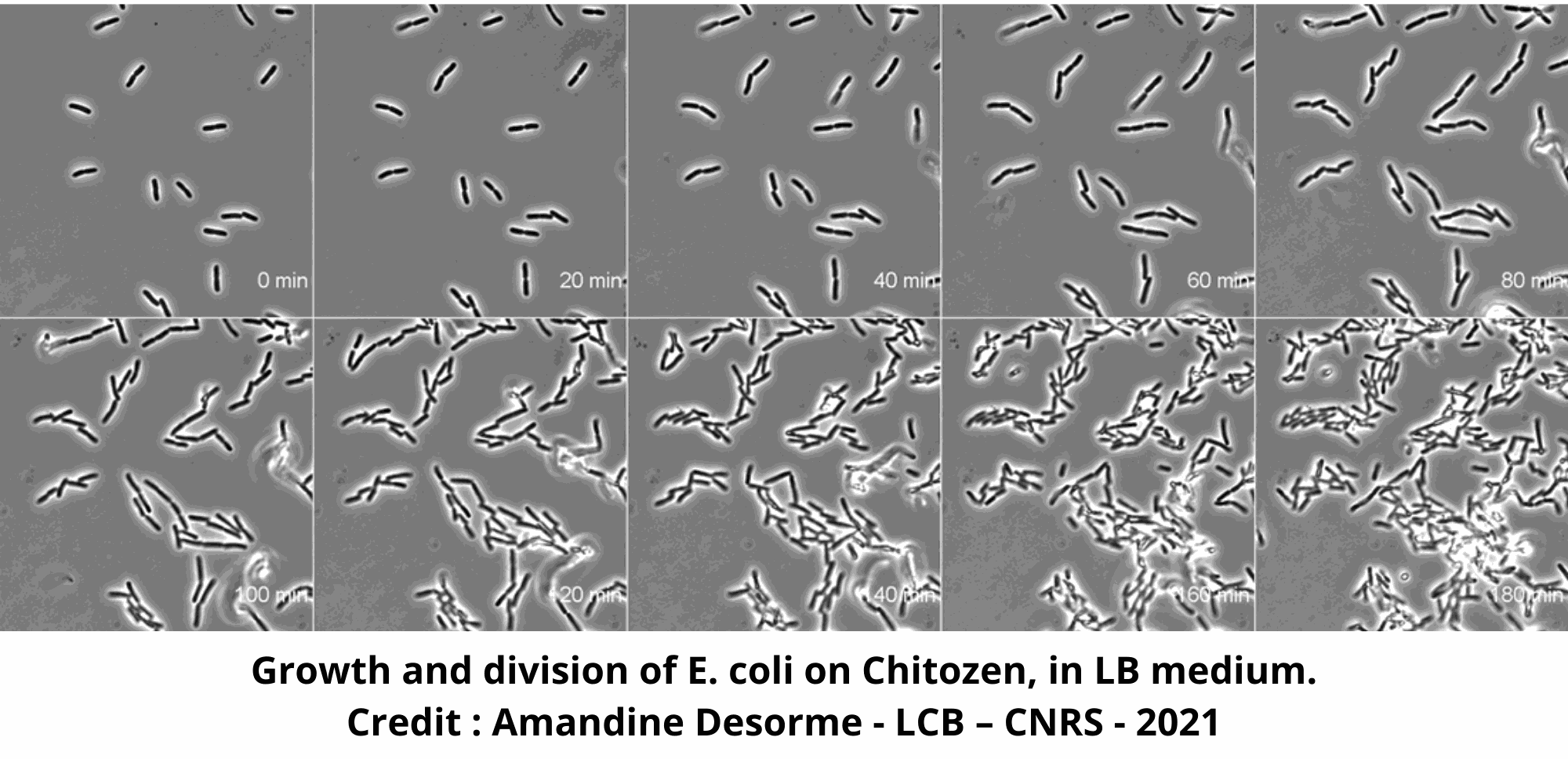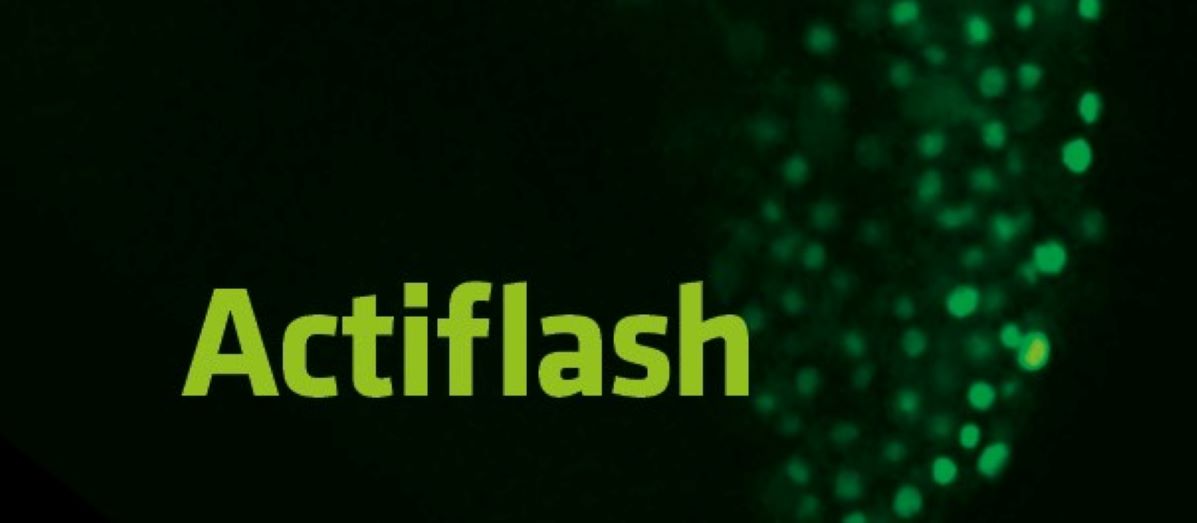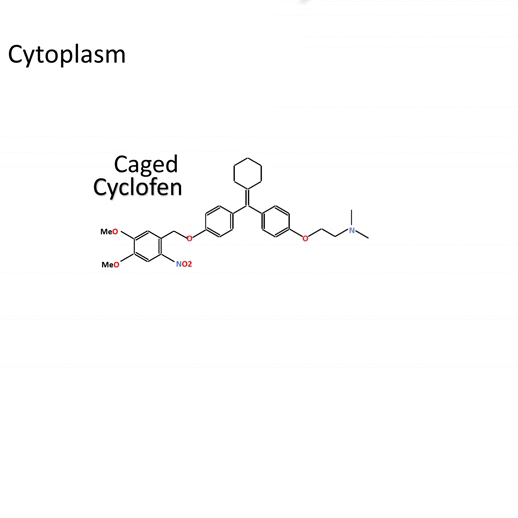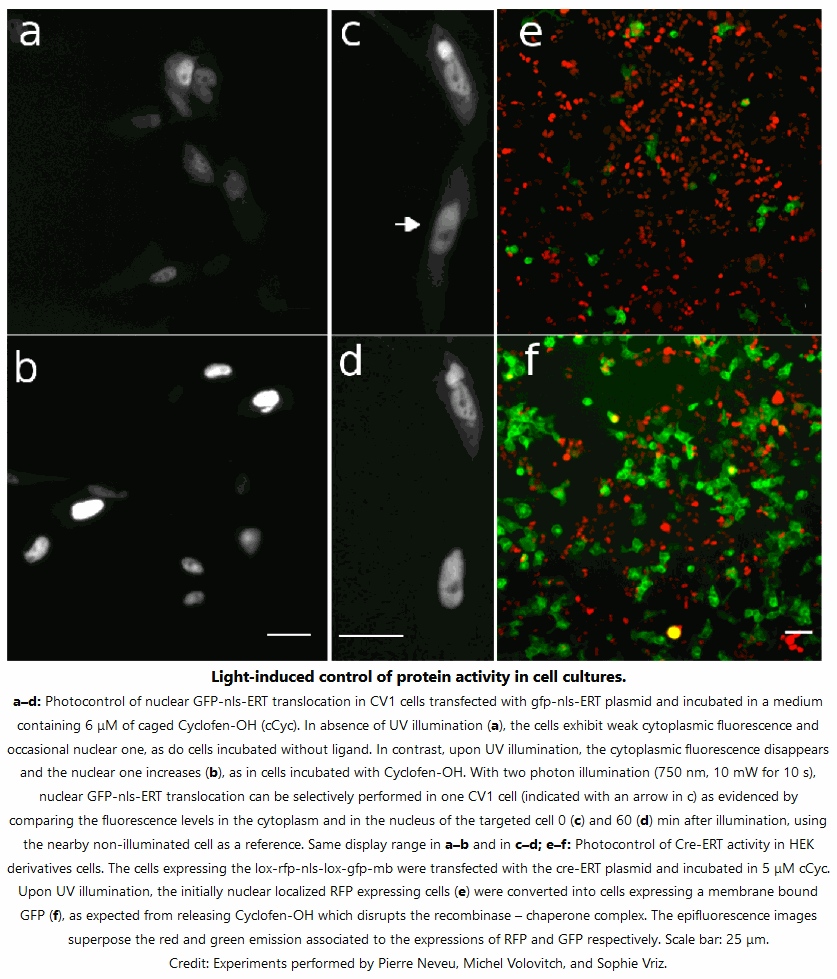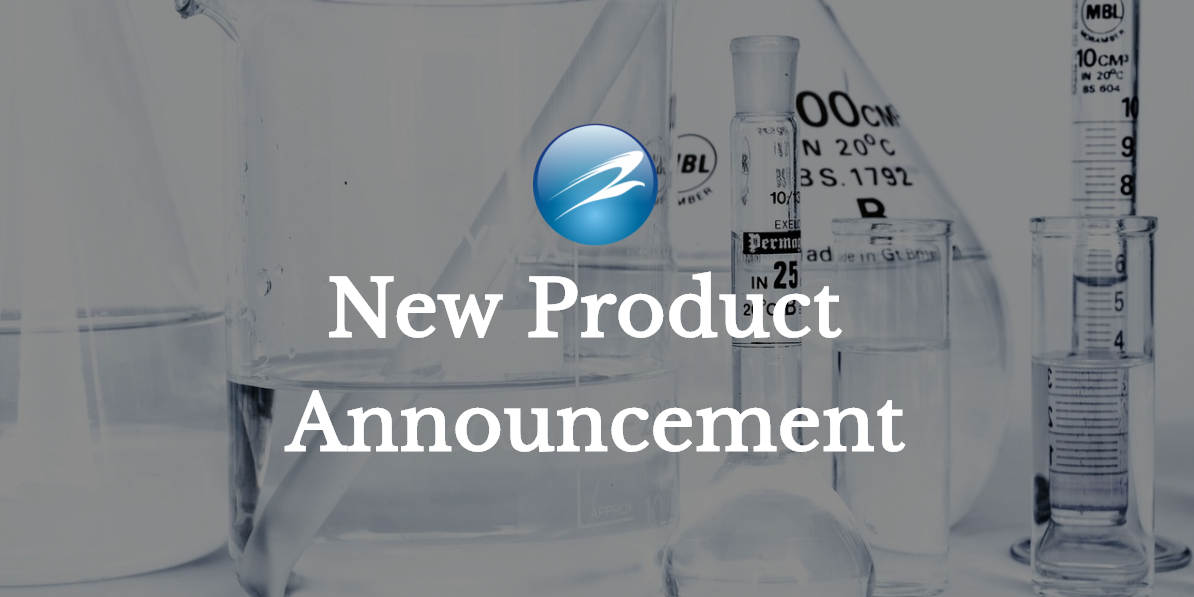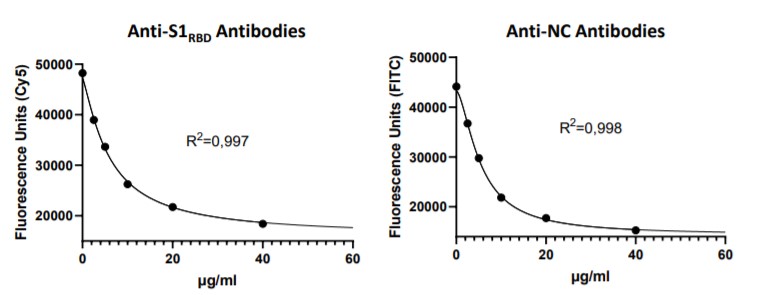
Eagle Biosciences is excited to announce the newest product series for Host Cell Protein Detection!
Host cell proteins (HCPs) are a major class of impurities produced during biotherapeutic manufacturing. They must be removed from the final drug product to both assure patient safety and maintain drug efficacy. Our wide range of Host Cell Protein Detection Kits are easy to use and highly sensitive.
What are HCPs and why must they be removed from biologic drugs?
HCPs are proteins produced or encoded by the host organisms used to produce recombinant therapeutic proteins. Genetic engineering allows the host organism cells to be transformed to produce a protein of interest. During the recombinant protein production, host cells also coproduce proteins related to the normal cell functions such structural proteins, as well as proteins required for normal cellular growth and function, and vary in both number and concentration depending on the chosen host species and the manufacturing process being used. In general, apart from the therapeutic protein of interest, all endogenous proteins co-expressed by the host cells are called host-cell proteins.
Why must HCPs be removed from biologic drugs?
HCPs must be removed from the final biotherapeutic product to avoid adverse effects. Almost all HCPs carry safety risks as foreign proteins due to the potential to elicit immune response in humans (e.g, cytokine storm). In addition, some HCPs can also act to enhance the immune response to a drug product. Certain HCPs can also affect drug product stability and efficacy if not adequately removed or inactivated.
How are HCPs detected?
ELISAs are widely used for detecting HCPs, where they are generally configured in a sandwich assay format for improved specificity. In this scenario, a microplate-bound antibody is used for analyte capture, then a second analyte-specific antibody (that binds a different epitope on the target molecule) is added to enable detection. By incorporating a reference standard (e.g., a purified protein) into the assay design, it is possible to quantify the analyte of interest and confirm that its concentration meets regulatory requirements. Advantages of ELISA are that it is sensitive and compatible with high sample throughput – key considerations for biopharmaceutical manufacturing.
If you have any questions about these products or any of our other offerings, contact us here.

